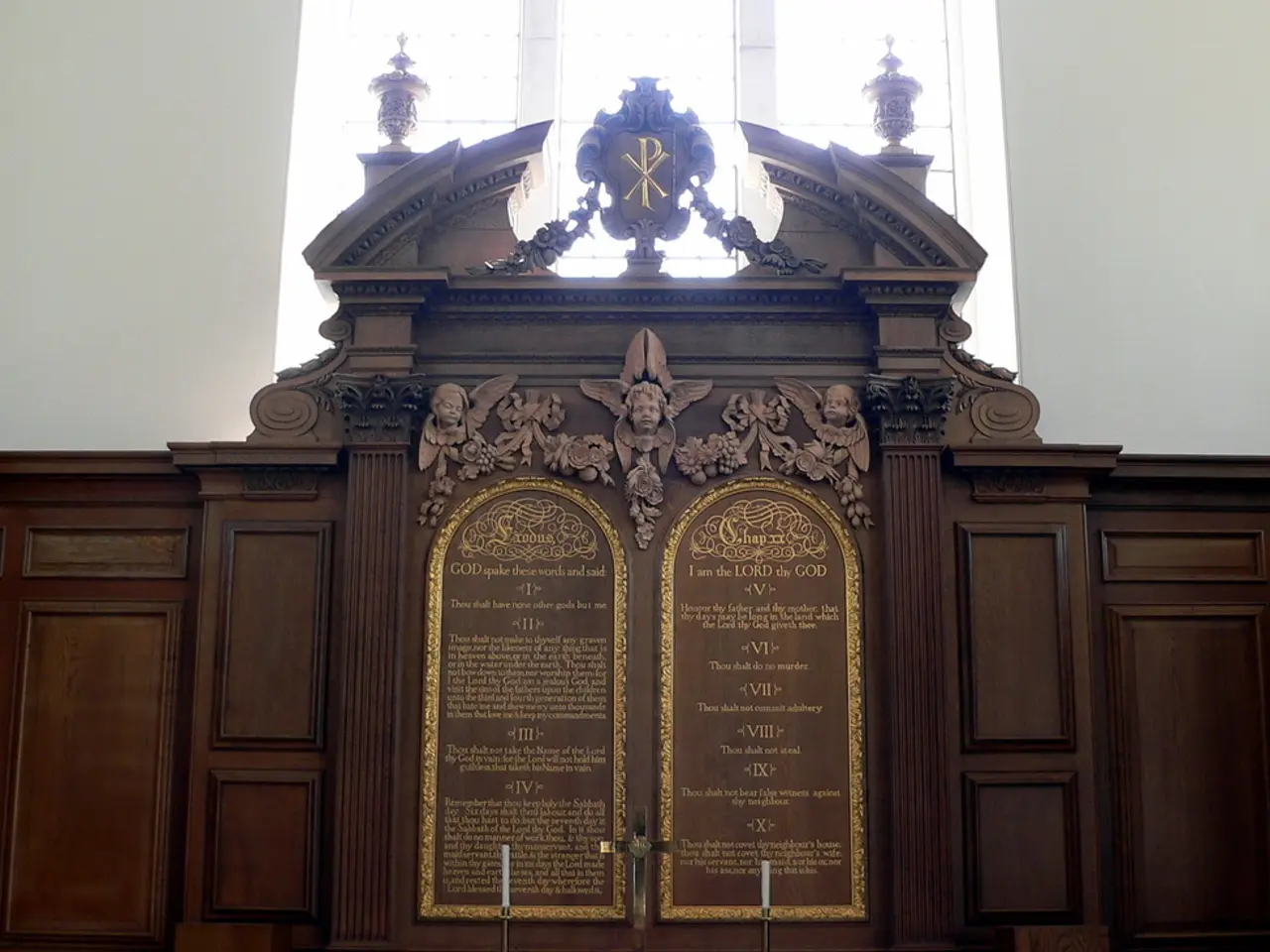Spring Exhibitions at Dia Beacon, 2024
In the picturesque Hudson Valley, the city of Beacon has undergone a remarkable transformation. Once known as "The Hat-Making Capital of the U.S." during the 1800s, Beacon has evolved into a vibrant arts community, with its industrial spaces serving as canvases for local artists.
This transformation was significantly anchored by the establishment of the Dia Beacon Museum, which occupies a sprawling former factory complex. The Dia Beacon has been central in repurposing the city's industrial heritage into a cultural destination, helping revitalize Beacon as a prominent arts hub in the Hudson Valley.
The Dia Beacon attracts over 68,000 visitors per year and plays a significant role in Beacon’s ongoing revitalization efforts, catalyzing economic growth and cultural development. The museum is not just a place for art to be observed, but adds to the themes of the art and the experience that goes along with it.
The space for the current spring exhibit, "Untitled" (Loverboy) by Felix Gonzalez-Torres, exudes a sense of brightness with light colored walls, light from windows and skylights, and pleated curtains. The center window does not have a curtain, allowing beams of light to enter and welcome visitors. The pleated curtains produce a warm blue glow, but do not allow for the shapes of trees to be distinguished, adding to the themes of opacity versus transparency.
"Untitled" (Loverboy) plays with these themes, amplified by the backdrop of the museum. The exhibit is open until the spring of 2025, providing visitors with ample time to experience this thought-provoking display.
The Dia Beacon's world-class programming extends beyond temporary exhibits. The museum also hosts long-term exhibits that stay for years at a time, all year round. Some of the Dia Beacon's most notable permanent exhibits include Richard Serra's Ellipses and Dan Flavin's Fluorescent Tube pieces.
The relationship between the Dia Beacon and the city of Beacon is one of mutual enrichment and collaboration. The museum actively collaborates with local artists, cultural organizations, and community stakeholders to ensure programming reflects the city's diversity and dynamism.
As Beacon continues to evolve, new residential developments near the train station respond to an influx of people from New York City seeking a quieter lifestyle within commuting distance. The redevelopment includes a large mixed-income housing complex that leverages Beacon’s proximity to Metro-North rail service and access to its arts and cultural amenities, underscoring the ongoing link between Beacon’s historical transformation and its cultural identity.
In summary, Beacon's historical transformation from industrial roots through decline and abandonment to cultural and residential revival is closely tied to the Dia Beacon Museum. The Dia Beacon repurposed industrial spaces and helped anchor the city's identity as an arts destination, catalyzing urban revitalization and attracting new residents seeking a vibrant community with rich history and arts access.
- The Dia Beacon Museum's world-class programming, which includes both temporary and permanent exhibits, such as Richard Serra's Ellipses and Dan Flavin's Fluorescent Tube pieces, mirrors the evolution of Beacon's lifestyle from industrial to vibrant arts and cultural hub.
- The op-ed about Beacon's transformation might emphasis on the museum's role in preserving the city's history while fostering a contemporary arts scene, enticing a growing number of residents seeking a blend of home-and-garden charm and urban arts access.
- As she walked through the light-filled space of the Dia Beacon's spring exhibit, news of Beacon's transformation from its hat-making past to a thriving arts community sparked thoughts about the city's rich history and its future as an opportune destination for photography enthusiasts and lifestyle admirers alike.





